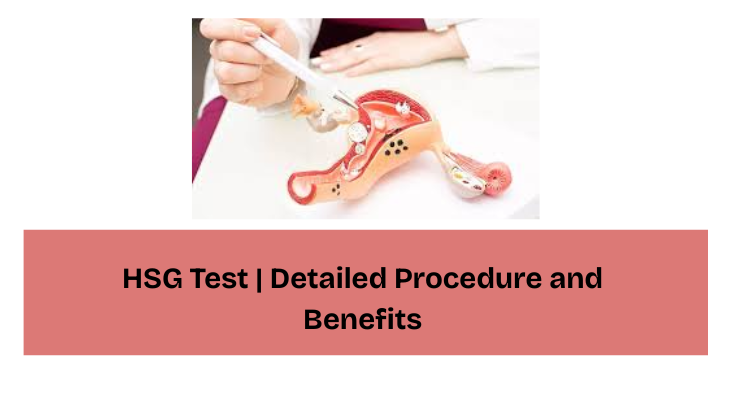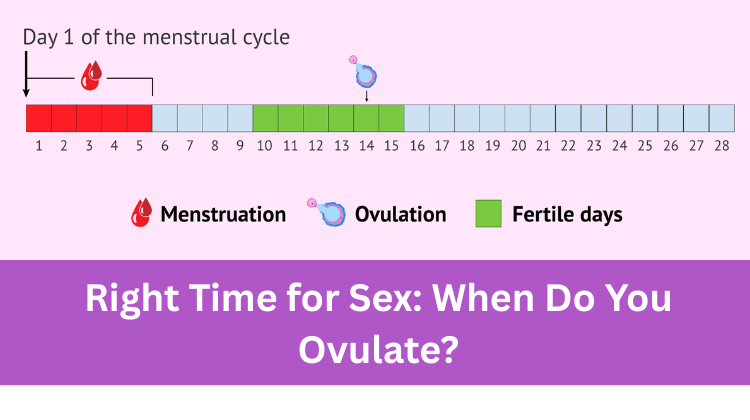HSG Test | Detailed Procedure and Benefits

For many women experiencing difficulty conceiving, understanding the health of the fallopian tubes and uterus is a crucial step in identifying fertility issues. One of the most common diagnostic tests recommended by fertility specialists and gynecologists is the Hysterosalpingography (HSG) test.
This simple, non-surgical procedure helps evaluate the reproductive organs and can play a vital role in planning the right treatment path for conception.
What Is an HSG Test?
An HSG (Hysterosalpingography) test is an X-ray procedure used to examine the uterus (womb) and fallopian tubes. The test checks if the fallopian tubes are open and whether the uterine cavity is normal — both of which are essential for natural conception.
In simpler terms, it helps your doctor identify if there are blockages, structural abnormalities, or adhesions that might prevent pregnancy.
When Is the HSG Test Recommended?
Doctors usually recommend an HSG test in the following cases:
- Difficulty in conceiving after 6–12 months of trying
- History of recurrent miscarriages
- Irregular menstrual cycles or abnormal uterine bleeding
- Suspected fallopian tube blockage
- Before undergoing fertility treatments like IUI or IVF
It’s typically performed after menstruation but before ovulation (between day 7 and 10 of the menstrual cycle) to ensure that the woman is not pregnant during the procedure.
How Is the HSG Test Performed?
The HSG test procedure is usually done in a hospital or diagnostic imaging center and takes about 15–30 minutes. Here’s a step-by-step overview:
- Preparation
You’ll be asked to lie on an X-ray table. A speculum is inserted into the vagina to visualize the cervix, similar to a Pap smear. - Dye Injection
A thin catheter is passed through the cervix into the uterus, and a special contrast dye (visible on X-ray) is gently injected. - X-ray Imaging
As the dye moves through the uterus and fallopian tubes, the radiologist takes a series of X-ray images.
If the tubes are open, the dye flows freely into the abdominal cavity.
If they are blocked, the dye stops at the point of obstruction. - Completion and Recovery
Once the procedure is complete, the instruments are removed, and you can usually go home the same day. Some mild cramping or spotting may occur for a short period.
Benefits of the HSG Test
The HSG test provides valuable insights into a woman’s reproductive health. Here are some key benefits:
1. Detects Blockages in Fallopian Tubes
Fallopian tube blockages are a leading cause of infertility. The HSG test accurately identifies whether one or both tubes are blocked, helping doctors decide if treatments like tubal surgery or IVF are necessary.
2. Assesses the Shape and Structure of the Uterus
The test can detect fibroids, polyps, septum, or uterine scars that may interfere with implantation or cause miscarriage.
3. Helps Plan Fertility Treatments
By revealing structural or tubal issues, doctors can design the most effective treatment plan — whether natural conception, IUI, or IVF.
4. Therapeutic Benefit
In some cases, the process of injecting the dye can help clear minor blockages in the fallopian tubes, improving the chances of pregnancy in subsequent cycles.
5. Quick, Safe, and Minimally Invasive
The HSG test is an outpatient procedure that doesn’t require anesthesia, has minimal risks, and provides immediate diagnostic results.
Post-Test Care and Precautions
After the HSG test:
- You may experience mild cramping or spotting for a day or two.
- Avoid intercourse and tampon use for 24–48 hours.
- Inform your doctor if you develop fever, heavy bleeding, or severe pain.
Most women can return to their regular activities immediately after the test.
Possible Risks or Discomfort
While generally safe, minor side effects may include:
- Light bleeding
- Temporary cramping
- Allergic reaction to the dye (rare)
- Pelvic infection (very rare, often preventable with antibiotics)
Your doctor will ensure all necessary precautions are taken to minimize any risks.
Why Choose Dr. Preeti Rastogi for Your HSG Test
Dr. Preeti Rastogi, a leading gynecologist and fertility specialist in Gurgaon, offers accurate diagnosis and compassionate care for women undergoing fertility evaluations.
With years of experience in reproductive health, she ensures a comfortable and safe HSG testing experience, while guiding patients through every step of their fertility journey — from diagnosis to treatment and beyond.
Conclusion
The HSG test is an essential diagnostic tool for women facing fertility challenges. By providing clear insights into the uterus and fallopian tubes, it helps doctors identify causes of infertility and plan personalized treatments.
If you’ve been struggling to conceive or have concerns about your reproductive health, consulting an experienced specialist like Dr. Preeti Rastogi can make a world of difference.
HSG test | Hysterosalpingography test | HSG test procedure | Benefits of HSG test | HSG test for infertility | HSG test in Gurgaon | HSG test cost | HSG test uses | HSG test benefits | Fallopian tube blockage test | Uterus X-ray test | Fertility test for women | Female infertility diagnosis | HSG test near me | What is HSG test | Dr Preeti Rastogi gynecologist | Fertility specialist in Gurgaon | Reproductive health test | HSG scan | HSG results interpretation | Uterine abnormalities test | Pregnancy evaluation test | Fertility diagnostic test | Fallopian tube imaging | Infertility solutions | Gynecologist in Gurgaon | Best doctor for HSG test | How HSG helps in conception | Female reproductive health check | HSG test side effects



